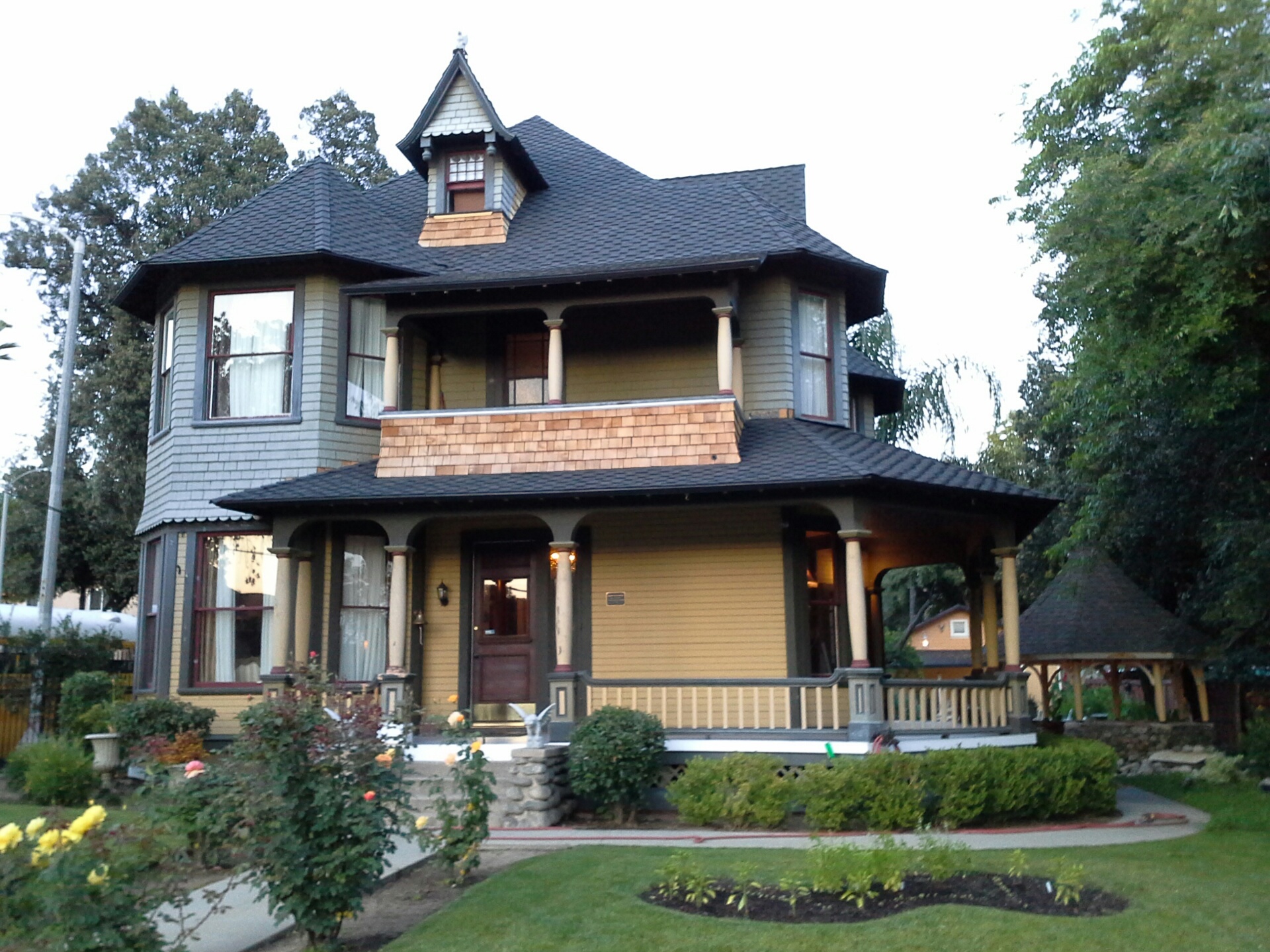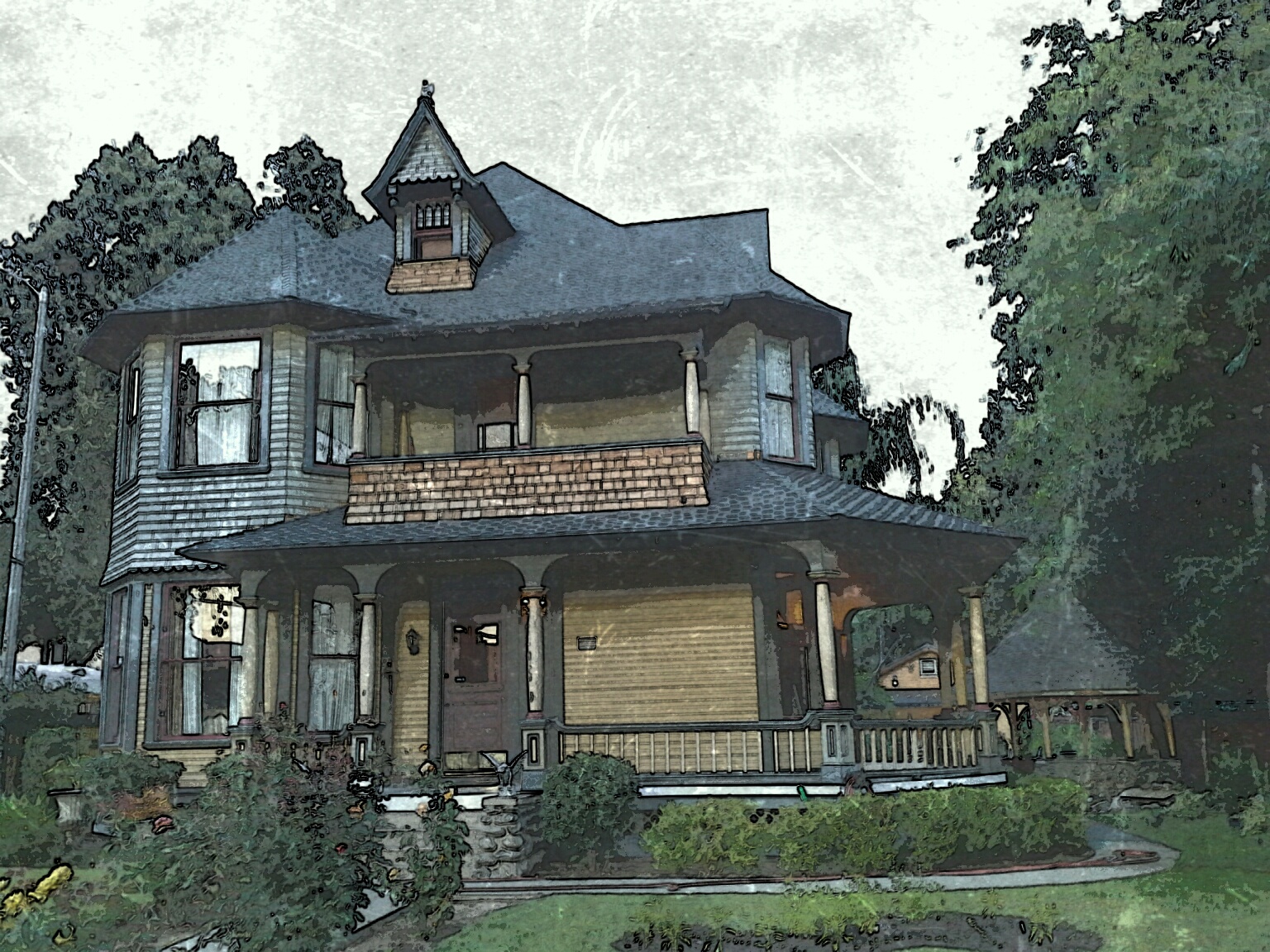A History of the Ernest Wood House

Construction on this wonderful property began about the same time as the First Annual Tournament of Roses Parade in Pasadena, California, and completed some time around 1891. The main house was built in the Queen Anne Victorian style, which was considered very popular with the Midwesterners the city founders were courting to come to the fledgling town (Wedner, Less Gingerbread but still as sweet)
Historical Significance
City records cite the house as being built circa 1891. The house is considered a rare survivor of Queen Anne style Victorian Architecture as the neighborhood later blossomed with Craftsman style homes in the early 20th century, and with post WWII apartment buildings in the 1960s. The gazebo appears to date back to the building of the house, certainly to before the City of Pasadena annexed the area in 1904. (Urban Conservation Office Staff, Application for Cultural Heritage Landmark).
Historical Background
The exact date of construction of the house is uncertain, but the first building permit (BDB) suggests the house was completed circa 1891. This permit was filed by Herbert H. Hayward, a grocer, who added the 216 square foot porch in 1913. Mr. Hayward never appears to have lived in the house, but apparently was related to the first known resident of the house, Mrs. Salina L. Miller, who lived in the house until 1916 (Landmark Application, Historical Background).
Ernest and Eva Woods are known to have lived in and owned the property from 1921 to 1963, when they retired to a house further north-east in Pasadena on Elizabeth Street. Mr. Wood is listed as a plumber in Pasadena City directories (Landmark Application, Historical Background).
William Miller made the application to have the house listed as a Cultural Heritage Landmark in 1987. He had owned the house as a rental property for more than 20 years. At that time, the property’s color scheme was red, white, blue and grey (Landmark Application, Historical Background).
References
- Wedner, Diane (2006, August 27). Less gingerbread but still as sweet. Los Angeles Times Home. Retrieved from http://articles.latimes.com/2006/aug/27/realestate/re-home27
- City of Pasadena Urban Conservation Office Staff (1986, November 18). Cultural Heritage Landmark Application: 1320 Summit Ave. Provided upon request by City of Pasadena Design and Historic Preservation.
